 |
| Tulips and Fountain |
On Remembrance Day, this is a post about the Fall of the Ottoman Empire as
a result of World War I…
Dolmabahçe –
Palace on a Binge
For a long time, the
Ottomans no longer raided neighbouring states during annual campaigns to
benefit the treasury. Sultan Ahmed II
was the last to wage a campaign and he did not fare too well.
To improve morale and national pride, Sultan Ahmed II spent
millions on one of the most famous and beautiful mosques in the world,
appropriately named Sultan Ahmed Mosque but better known as the Blue
Mosque.
Between the years 1843 and 1856, Sultan Abdülmecid I built the Dolmabahçe Palace. The post Bosphorus
on a Budget, Palace on a Binge discussed how the $1.5 billion Palace
bankrupted the Ottoman Empire.
Ottoman finances were further depleted due to the costs of the Balkan Wars in 1912-13.
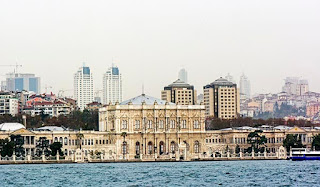 |
| Dolmabahçe – Palace on a Binge |
Ottoman finances were further depleted due to the costs of the Balkan Wars in 1912-13.
The Kaiser Wilhelm Fountain
 |
| Fountain in the Hippodrome |
By
the turn of the 20th century, the Ottoman Empire was under threat. The Ottomans lost a war with Russia in 1878
in which the Russians supported nationalist movements in the Balkans and
Caucasus. Bulgaria, Serbia and
Montenegro freed themselves of 500 years of Ottoman rule. The United Kingdom took over Cyprus (which
landed in more conflict later).
The British and French wanted to divide the Ottoman Empire between them. For that reason, the Ottomans sought an alliance with Germany. The
German Fountain ("Kaiser Wilhelm Fountain") an octagonal domed
fountain in neo-Byzantine style, which was constructed by the German government
in 1900 to mark the German Emperor Wilhelm II's visit to Istanbul in 1898, is
located at the northern entrance to the Hippodrome - Off to the Races area, right in front of the
Blue Mosque.
It
was constructed to commemorate the second anniversary of German Emperor Wilhelm
II's visit to Istanbul in 1898. Think of it as how to flatter your sultan into an alliance with Germany. It was
built in Germany, then transported piece by piece and assembled in its current
site in 1900. The neo-Byzantine style
fountain's octagonal dome has eight marble columns.
The
dome's interior is encrusted with gold mosaics made famous by the Byzantine
artists. As described in Chora
Church's Amazing Mosaics, the gold is gold leaf sandwiched between two
layers of clear glass. The extensive use
of gold evoked the spiritual splendour of the Kingdom of God.
There are eight monograms in the arch stonework and they represent the political union of Abdülhamid II and Wilhelm. In four of these medallions, Abdülhamid II’s tughra is written on green background, and in other four Wilhelm’s symbol, "W" is written on a Prussian blue background. In addition, over the "W" there is a crown and below it an "II".
 |
| Ribbed Roof Holds Golden Mosaics Better |
There are eight monograms in the arch stonework and they represent the political union of Abdülhamid II and Wilhelm. In four of these medallions, Abdülhamid II’s tughra is written on green background, and in other four Wilhelm’s symbol, "W" is written on a Prussian blue background. In addition, over the "W" there is a crown and below it an "II".
The
Emperor's primary motivation for visiting the Ottomans was not water, it was oil. The Germans wanted to construct the Baghdad Railway,
which would run from Berlin to the Persian Gulf and the oilfields in Mosul – part
of Iraq now but part of Ottoman Empire then.
The
Ottomans lost a big battle in the Balkan War in 1912 leading to the loss of 85%
of their European territories. As World
War I loomed, the Ottomans sought protection but were rejected by Britain,
France, and Russia. That was because the
British and French had designs on the Middle Eastern part of the Ottoman
Empire. They made the secret Sykes–Picot
Agreement defining their proposed spheres of influence and control in the
Middle East.
 |
| School Kids in the Hippodrome |
Austria-Hungary
occupied Bosnia and Herzegovina as a result of the 1878 conflict ending their
dream of independence. This is significant
as Austria-Hungarian Emperor Franz Josef's assassination in Bosnia supposedly triggered World War
I. This was not the real cause of World
War I but that was the view then and something still taught in school. The real reason was the desire for resources
and territory by the imperial powers.
The
Ottomans finally formed an alliance with Germany that committed them to support
Germany during World War I. This led the
17,000 ANZAC troops (Aussie and Kiwi Army Corps) to attack Gallipoli in Turkey. Even though the Turks suffered higher casualties, they successfully defended the Dardanelles Strait and thus Istanbul.
During World War I, the western Allies and especially Britain, had promised Greece territorial gains at the expense of the Ottoman Empire. But Germany lost and this led to the dismantling of the Ottoman Empire and the birth of modern Turkey as described in the post Tracing Your Talisman in Kaş.
During World War I, the western Allies and especially Britain, had promised Greece territorial gains at the expense of the Ottoman Empire. But Germany lost and this led to the dismantling of the Ottoman Empire and the birth of modern Turkey as described in the post Tracing Your Talisman in Kaş.
How interweaved we are. So as we reflect on Remembrance Day, let
us remember that World War I was fought to make certain countries richer and
more powerful but also lead to the birth of a new country, Turkey.
Last
Post: Rise
of Venice Fall of Byzantium
Next
Post: almost the end
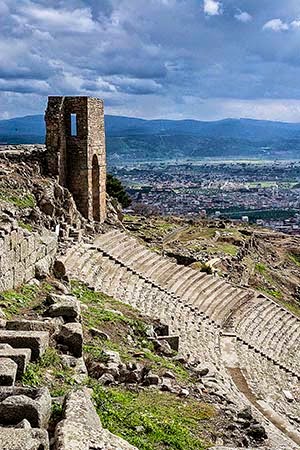



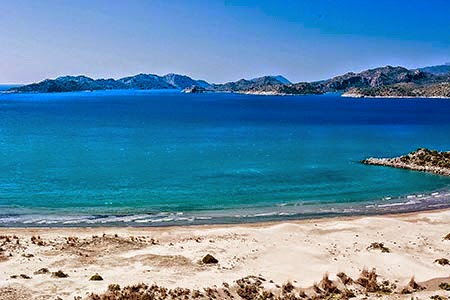


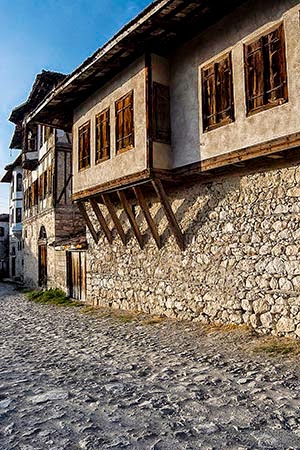


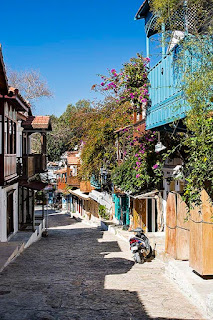
No comments:
Post a Comment
Please add your comments or questions